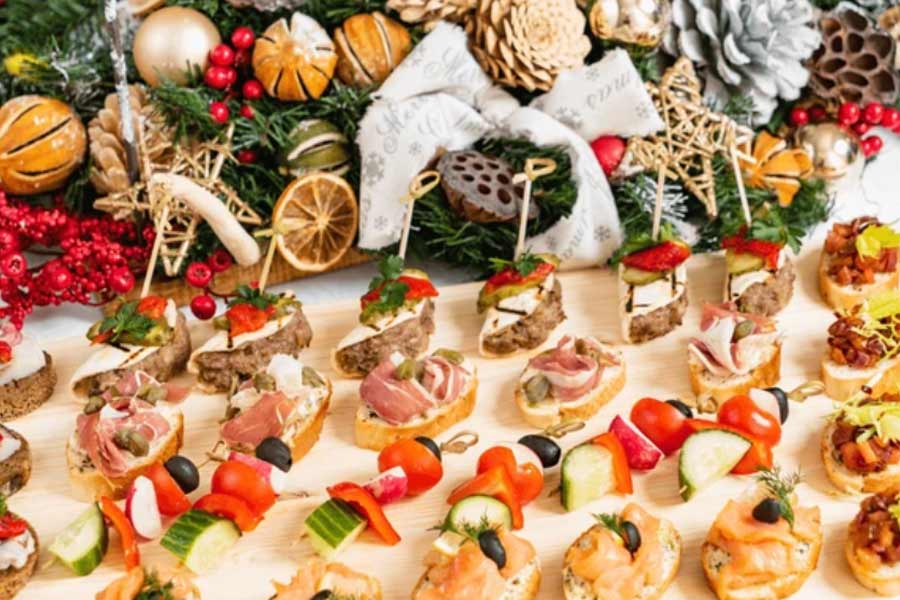 Friday, 19 December 2025
Friday, 19 December 2025
 Friday, 19 December 2025
Friday, 19 December 2025
A recent internet-breaking research by a bunch of Brazilian scientists has found that sharks off the coast of Rio de Janeiro are ingesting cocaine. In a bid to demonstrate the effects of illegal drugs – usually consumed by humans – on aquatic life, the scientists dissected the bodies of 13 sharpnose sharks (Rhizoprionodon lalandii). All of them tested positive.
At one end, this development is reminding many of the 2023 Hollywood flick Cocaine Sharks, and at the other, it is raising concerns about drugs polluting the world of animals.
But this isn't the first time animals have gotten tipsy. Be it getting intoxicated as a result of human callousness or consuming certain fruits and plants by choice to get ‘high’, the animals and drugs connection has existed for donkey's years.
Bear on coke
A 2023 Elizabeth Banks film named Cocaine Bear showed a black bear on a coked-up rampage. The film was based on a real-life incident that was not so dramatic. The body of a drug dealer was found in Tennessee, along with some money, firearms, knives and a key to an airplane. The key matched a crashed aircraft with ten duffel bags full of cocaine. However, investigators only recovered nine of them. Three months later, the missing bag was found in the Chattahoochee National Forest. Some of its contents were emptied by a brown bear which died of overdose. Autopsy of the animal showed that it had consumed three to four grams of cocaine. It is not known whether the bear consumed the cocaine by accident or acquired a taste for it.
There are multiple instances of animals intentionally consuming psychoactive substances. Let's take a look at the choice of drugs for some of our wilder counterparts:
Birds on opium
In India, parrots are a concern for opium farmers. Complaints about parrots feeding on these plants and even getting addicted and at times flying away with a twig or two are quite commonplace. It is believed that these birds get instant energy from opium plants, much like the effect of tea or coffee on humans.
“Birds that are omnivorous and closer to home like common myna, Indian pied myna , crows – occasionally get intoxicated after feeding on fermented substances from garbage dump sites", said Souvik Barik of the Nature Environment and Wildlife Society, a Calcutta-based NGO..
“Spoilt fruits and berries rich in psychoactive stimulants (such as alcohol) are often consumed by birds such as coppersmith barbet, parakeets, bulbuls, blue-throated barbet and alike. Studies show these birds getting disoriented, dizzy, losing co-ordination after consumption of such fermented fruits,” Barik added.
Elephants get drunk
Local legend of South Africa says that elephants like to get drunk. Tales of the pachyderms devouring the yellow-orange fruits of the marula tree and getting tipsy from the slightly fermented juice is not uncommon. Followed by amplified aggression, the mammoths seem to have a fun time when drunk.
In India, these giants are a big fan of the mahua plant that grows during summer and spring seasons in the dry tropical forests of India. Famous for its alcoholic properties, scent of flowers of the mahua plant is an attraction for humans and animals alike. In 2022, a report of a herd of Indian elephants deep asleep near broken pots of mahua made by residents of Odisha travelled like wildfire through the virtual world.
And in places like Purulia in Bengal and parts of Jharkhand, tales of elephants raiding village local-liquor shops are common.
Similarly sloth bears, deer, fruit bats and langurs also enjoy feasting on mahua flowers and fruits.
Wallabies on poppy, dolphins on puffer fish
These marsupials found in Australia and New Guinea are infamous for invading poppy fields and feasting on the plant to get sozzled. They have been seen going around in circles, and then crashing under the influence of the drug.
In a BBC documentary named ‘Dolphins - Spy in the Pod’, the marine creatures were seen getting high on pufferfish. Pufferfish, when threatened, produce a defensive chemical which in even small doses can create “a trance-like state”. Who said it’s impossible to get high under the sea?
Monkeys getting drunk? Not just in Tintin
Primates much like some of their human counterparts enjoy drinking alcohol. According to a BBC Wildlife report, “Chimpanzees are known to raid stocks of palm wine brewed by villagers.”
This proclivity for alcohol is all the more evident in vervet monkeys, particularly the teenaged ones. A Canadian-Mexican research team discovered that young monkeys are keener on consuming alcohol than older ones because of social responsibilities. It is believed that these creatures acquired the taste for alcohol from fermented sugarcane juice readily available in local plantations.
On the island of Saint Kitts, these apes raid bars for alcohol and become drunk. In a research, thousand vervet monkeys were served several beverages, among which only 15% preferred fruit juice over alcohol. Majority of them were ‘occassional dinkers’.
One might think the animal brain is not evolved enough to distinguish between intoxicating and non-alcoholic food items. Barik shatters any such possibility: “They know their food far better than we do.”
Guess when Ernest Hemingway said, “I drink to make other people more interesting" he was speaking for the animal kingdom as well.







